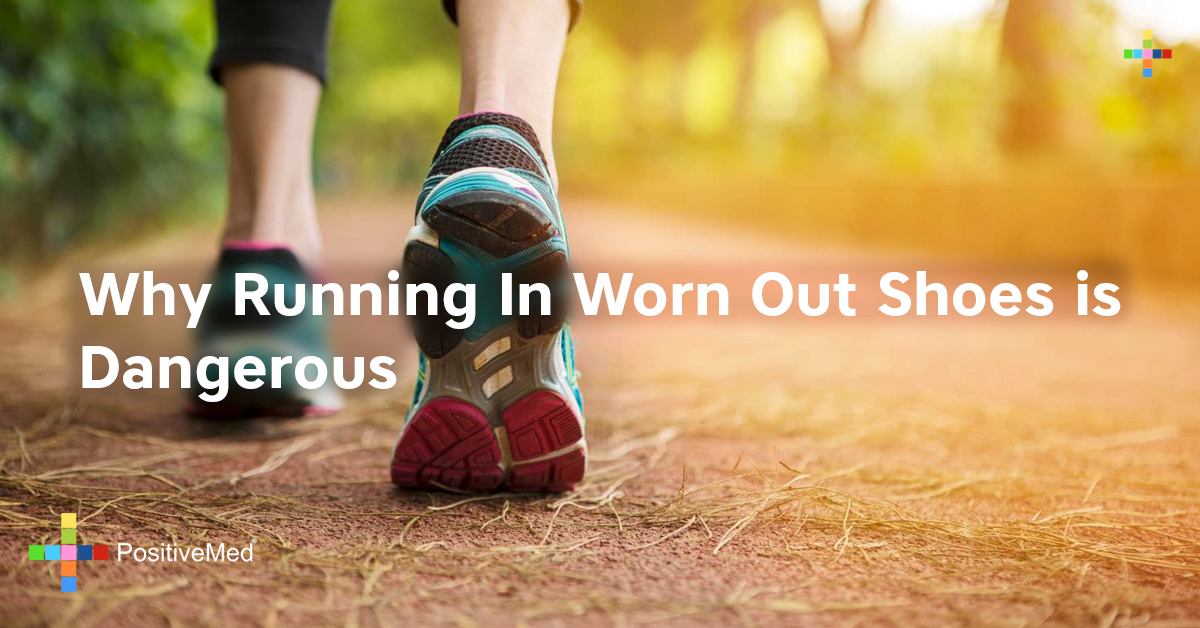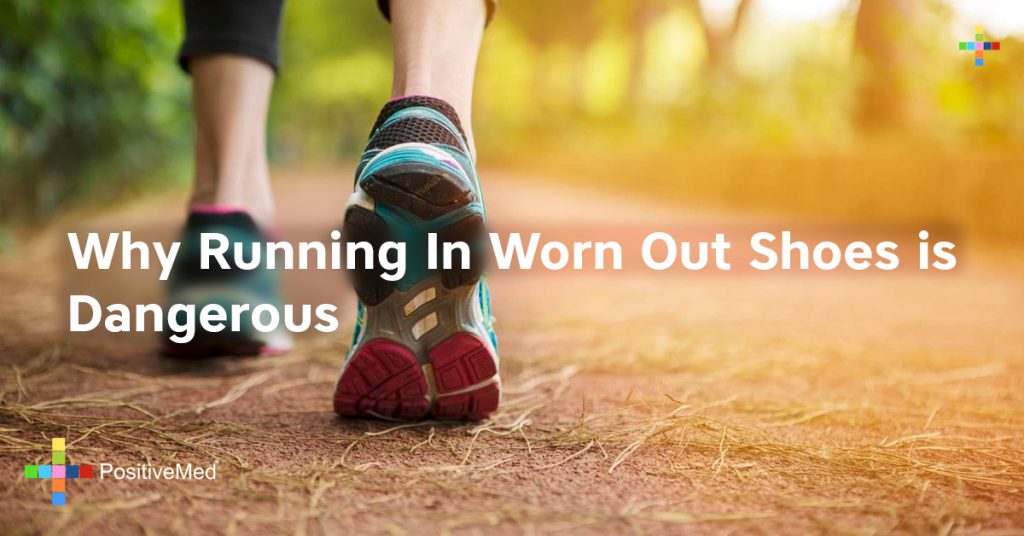So you’ve put a thousand miles on your current pair of running shoes, is it really that bad? You love them, they’ve powered your running as long as you can remember, and they’re like an old friend. What’s the harm really?

Running shoes – even minimalist ones – serve multiple purposes. They provide arch and ankle support, cushioning, and help promote proper body mechanics so you are engaging all the right muscle groups as you run. Even the slightest wear on one side or the other of your running shoes can completely throw off your pronation without you even knowing it. Slight, imperceptible adjustments that your muscles (from your thighs to your feet) are constantly making can add up big time to painful strains, tears, and inflammation.
The body is tuned to neutral pronation, or the natural inward rolling of the ankle as you walk and run. Worn-out running shoes lacking arch support may cause you to over or under pronate, stressing the muscles, tendons, and ligaments employed in running mechanics.
Common running injuries that result in part from worn-out running shoes include:
Plantar Fasciitis:
When you run in worn-down shoes which lack good arch support, the plantar fascia tissue that runs along the bottom of your foot from your heel to your toes can become inflamed, tight, and even take on tiny little tears, resulting in searing pain in your heel. In addition to foot stretches, heat and ice therapy, and massage, orthotic inserts plus updated running shoes can help address plantar fascia pain.
IT Band Syndrome:
Killer knee pain might actually result from the stiffening and inflammation of the IT band, or iliotibial band, which runs from your hip down the outside of your thigh all the way to your shin. Due to the prolonged running with an inward turn of the leg, often because of old running shoes and sloped running surfaces, IT band syndrome destabilizes the knee joint and results in pain with simple knee movement. Rest, ice and heat therapy, updated shots, cortisone shots, cross-training, wearing knee support for its band, and physical therapy are typically recommended treatments.
Shin Splints:
Combined with a drastic increase in running mileage or a switch from running flat terrain to attempting increased hill work, worn-out running shoes can inflict serious stress on the inside (medial) and outside (anterior) sides of the shin. This stress leads to a variety of symptoms including pain, tiny muscle tears, tightness, and inflammation. Ice and heat therapy, calf stretches, orthotic inserts, rest, new running shoes, and cross-training can aid the healing process.
Runner’s Knee:
While runner’s knee, or Patellofemoral pain syndrome, often occurs in part because of poor quadricep and hamstring conditioning, improper body mechanics due to over or under pronation with worn-out running shoes can also be a leading cause. The added torque applied to the knee when running without proper technique or support can actually cause irritation when the knee cap rests on the thigh bone. Cut back on mileage, avoid knee-bending activities, invest in new shoes, and try orthotic inserts to address pain from runner’s knee.
How do you know if your running shoes have reached the end of their lives? You normally don’t want to run more than 500 miles total in any one pair of shoes before replacing them. Looking at your current running shoes as well, scan the soles to see if there are any cracks forming, if there is visible wear on the inner or outer sides, or if lines are appearing. When it comes to footwear, don’t let a simple oversight result in a painful injury that sidelines you from running.







